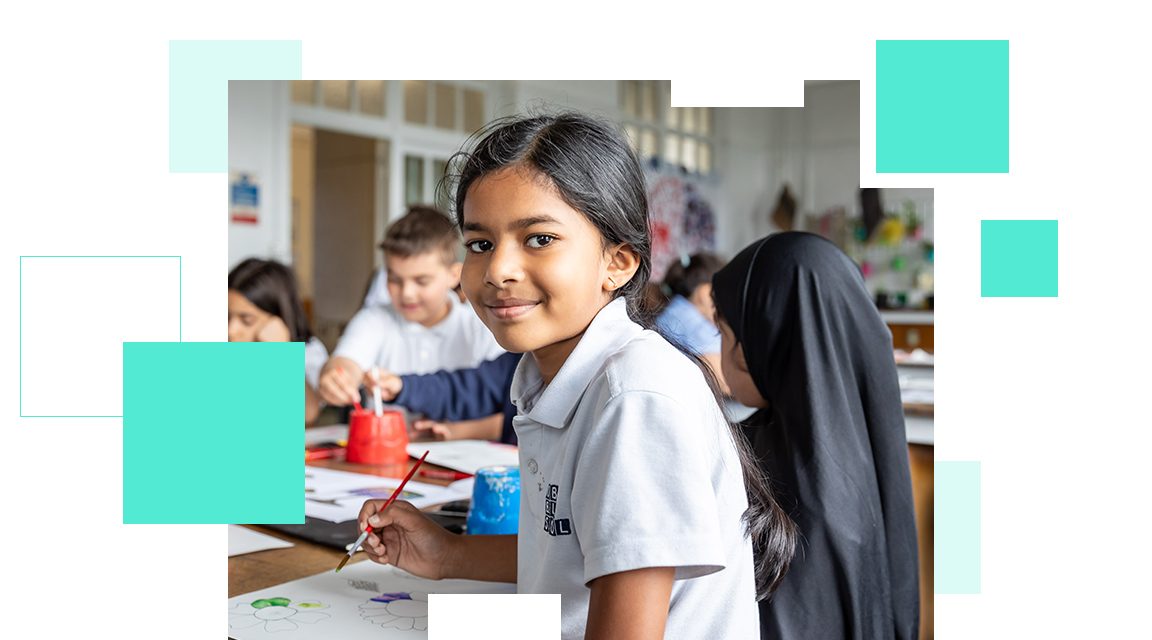Our School Environment
We recognise that the environments we operate in have a profound effect on our emotional wellbeing, and are proud of the warm, calm and purposeful learning environment we have developed. We do this to ensure that:
- every pupil enjoys, and is recognised for, their success and to capitalise on this success in all aspects of their learning
- we can value the contribution and attainment of pupils from all groups (while maximising the retention and achievement of all)
- we provide a future focused learning environment that encourages independence, innovation and collaboration
- all pupils have the skills to take their place effectively in the global community
- we promote health and wellbeing among the school community
- we can create a positive culture for learning
Our pupils play a key role in creating and maintaining this calm, purposeful environment; with older pupils working with younger children, carrying out practical activities and making key decisions. For example, our Eco-Council contributes to developing a more sustainable environment, including becoming a paper-free school. Children work with our Environment Officer to tend our school gardens and keep our classrooms filled with living plants. Playtimes are calm and sociable with small group sizes, as we respond to the pupils’ needs with flexi-play, a flexible break time, given according to when it benefits the children and their learning.
Our school environment reflects and celebrates the cultural diversity that is Robert Blair. We display current themes, key information and learning, including children’s successes, and indicate the next steps to learning in equal measure. This supports and celebrates children’s learning and development in all areas of curriculum. In the Early Years, this includes continuous indoor and outdoor provision across the day. Practitioners ensure the environments and equipment are maintained to a high standard, reflect current learning themes, and meet the relevant and up-to-date learning needs of children.
Classrooms are vibrant, exciting and supportive learning environments. Teachers foster positive, learning relationships with pupils, knowing each learner individually and developing programmes relevant to them. We ensure pupils know what they are learning, why they are learning it and are able to make links to prior learning across subjects and contexts. Our environment is organised so that pupils develop the Habits of Mind, learning independent strategies to help them become lifelong learners with good research skills.

